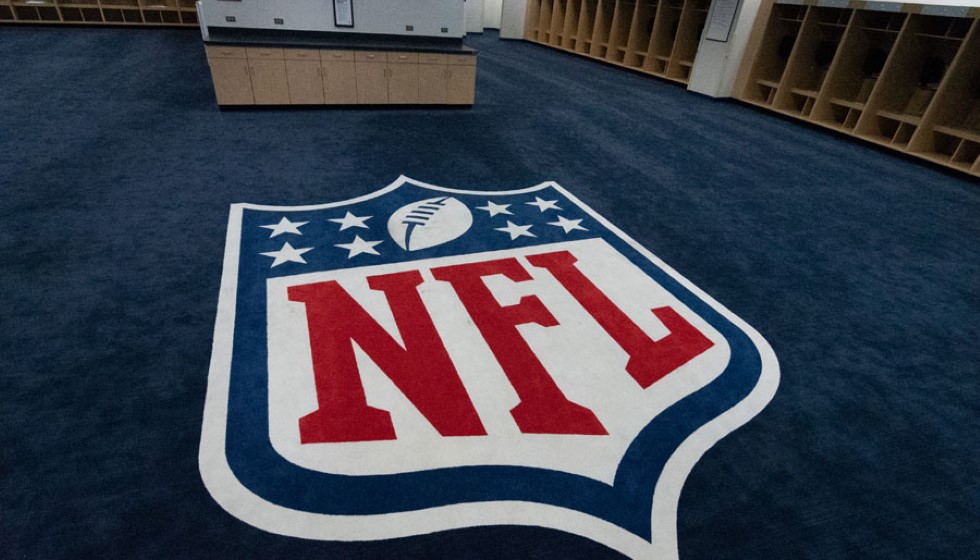
Commanders' Roster Trim Down: Notable Decisions and Impact Players
The Washington Commanders have streamlined their team to meet the league's requirement of 53 players. Amid a series of strategic decisions, some surprising and impactful changes have emerged, underscoring the franchise's commitment to refining its roster for optimal performance.
One of the most eyebrow-raising moves was the trade of wide receiver Jahan Dotson to the Philadelphia Eagles. Dotson, a key talent, made a significant impression during his time in Washington. However, the Commanders felt the need to shake things up, perhaps hinting at different priorities for the coming season.
The roster cuts were widespread, affecting numerous recent draft picks. Players like Ricky Stromberg, Braeden Daniels, K.J. Henry, Chris Rodriguez, and Andre Jones Jr. found themselves on the chopping block. This is particularly notable as these players were part of the ambitions the team had laid out just over a year ago. Now, only two players from that draft group, Emmanuel Forbes Jr. and Quan Martin, remain with the team.
Further emphasizing the dynamic nature of the roster, it's essential to highlight that out of the 33 players drafted by Washington between 2020 and 2023 during Ron Rivera's tenure, only 12 still remain. This statistic speaks volumes about the rigorous evaluation and adjustment process the Commanders are undergoing.
Currently, Washington holds the second spot in the waiver wire claim order, just behind the Carolina Panthers. This positioning could prove crucial as the team seeks to fine-tune its lineup with potentially released players from other teams. As Dan Quinn explained, "As the wire comes back out today, obviously the scouting department is the key part of that, of assessing a player that may be on another team that gets released and a current player on our team."
Breaking down the composition of the current roster, the Commanders boast three quarterbacks, three running backs, six wide receivers, four tight ends, nine offensive linemen, nine defensive linemen, five cornerbacks, six safeties, and three specialists. This distribution reflects the calculated approach of balancing depth and specialization across all positions.
However, some notable cuts couldn't be ignored, including quarterbacks Sam Hartman and Trace McSorley, along with running backs Chris Rodriguez Jr., Michael Wiley, and Austin Jones. The team also released wide receiver cuts, affecting Martavis Bryant, Kazmeir Allen, Davion Davis, Mitchell Tinsley, Marcus Rosemy-Jacksaint, and Brycen Tremayne. Tight end Cole Turner was also released, alongside offensive linemen Ricky Stromberg, Cameron Tom, and Julian Good-Jones.
The defensive side saw its share of cuts too, with K.J. Henry, Andre Jones Jr., Jalen Harris, and Justin Hollins being let go. Linebackers Chapelle Russell and Anthony Pittman, as well as cornerbacks Chigozie Anusiem and Nick Whiteside, were also affected by the roster reshaping.
Despite these significant changes, some key players continue to anchor the team. Defensive stalwarts Allen and Payne remain starters, setting the tone for the defense. Additionally, Martin and Jeremy Chinn form a robust safety duo, promising greater defensive resilience.
The running back corps, led by Bryan Robinson, Austin Ekeler, and Jeremy McNichols, hints at a potent mix of power and versatility. This depth at running back is a strategic asset for the Commanders, providing multiple options for varying game scenarios.
The Commanders' approach to these roster changes reflects a broader philosophy underscored by Dan Quinn. "We're always going to make what we think is the best decision for the team. That's our obligation. There's no 'ours' or 'theirs,' or any of that kind of good stuff. Like once I was here, I connected with lots of players here. So yeah, no looking at it as anything other than just do what we need to do best for the team and really that's where it starts and ends."
Quinn's words encapsulate the ethos driving these decisions—prioritizing the team's overall success over individual attachments or past decisions. It’s a pragmatic but crucial stance, especially as the Commanders prepare for what promises to be a challenging season.
As Washington continues to refine its roster, the focus remains clear: crafting a team that exhibits the speed, physicality, and effort consistent with Commander-style play. Reflecting on the recent adjustments, Quinn noted, "You feel their intensity, you feel their speed when they play. The speed, the physicality, the effort, the straining, those are things that are Commander-style plays and I thought those two really represented that."
In conclusion, while the roster cuts and changes may seem severe, they are part of a calculated strategy to position the Commanders for success. With a blend of experienced leadership and emerging talent, Washington looks poised to make a significant impact in the upcoming season, driven by a clear vision and unwavering commitment to the team's best interests.